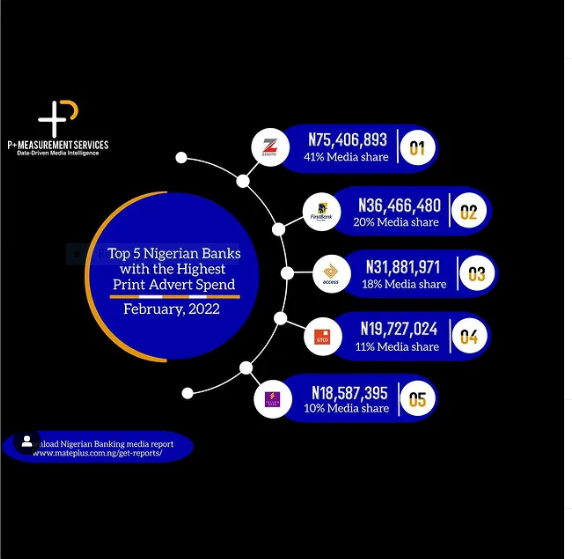Digital advertising is reshaping in-store retail by opening new revenue streams, enabling real-time targeted campaigns, and enhancing customer engagement. These factors boost sales and improve the overall shopping experience.
WARC Media’s research, Retail Media Radar: In-store’s Inflection Point, highlights that in-store retail media still faces major challenges. Standardisation and measurement remain key hurdles that retailers must address before in-store media can match the rapid growth of online retail media.
With digital ads, in-store retail transforms into an interactive experience. This transformation fosters innovations that sustain the growth of profitable ad businesses despite intensifying competition in the digital market.
The research shows that brands can now reach in-store shoppers across the full funnel by using an expanding range of formats such as digital screens, in-store audio, and connected devices. A survey by Skai reveals that 60% of marketers plan to increase in-store retail media spend.
Although current investment remains relatively low, in-store retail media proves highly effective. More than 70% of shoppers notice these ads. They also see them as less disruptive than other channels, and the ads drive measurable sales lifts for products, brands, and categories.
By integrating digital technologies into physical stores, retailers gather valuable customer insights. They deploy these insights through targeted ads, dynamic price tags, and personalized content, creating a seamless and measurable link between online and offline retail. This integration boosts sales and enhances the customer experience.
Watch also: We lose huge digital ad revenue to foreign platforms, Lohli’s goal is to redistrisbute it within
Consumers often believe they are less susceptible to in-store ads, yet research shows these ads strongly influence buying behavior. Advertisers can avoid overwhelming customers by using creative approaches such as product samples, sensory touchpoints, and discounts. These tactics enhance the experience while driving purchases.
An eMarketer report states that while only 24.5% of shoppers say they would make an unplanned purchase after seeing an in-store ad, nearly 48.6% actually end up doing so. Retailers can strengthen the case for brands to increase in-store media investment by pairing sensory-driven samples with QR codes and other attribution tools.
According to VML’s Future 100 Report, 73% of global consumers believe brands should engage all five senses. This insight opens the door for richer and more immersive retail media experiences.
WARC’s Retail Media Radar Q1 2025 report projects that global retail media investment will rise by 14.8% to $177.7 billion in 2025. The figure will climb further to $201.6 billion in 2026, representing 16.3% of total global ad spend.







Comment
No comments found.